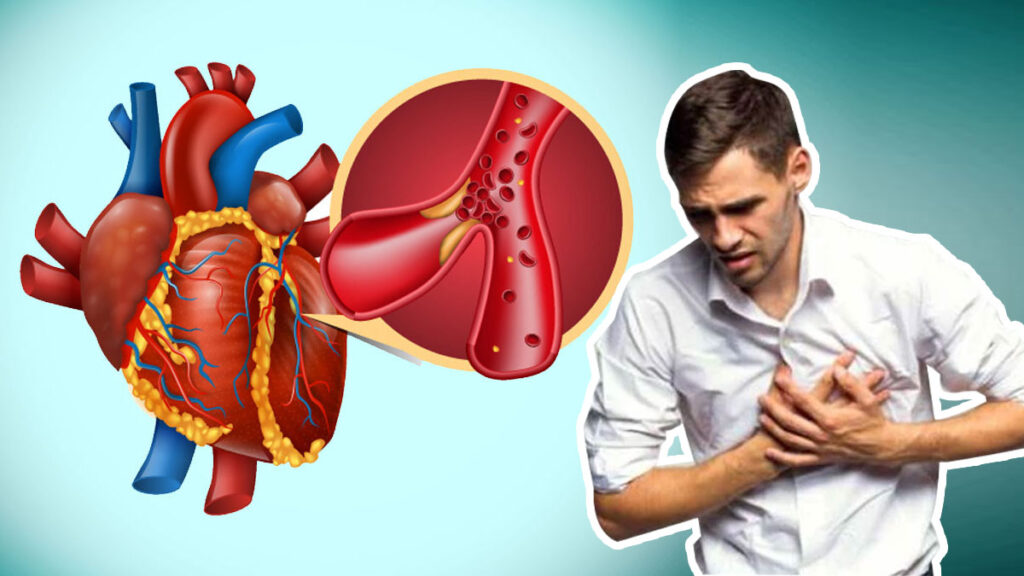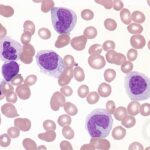Acute myocardial infarction (AMI), commonly known as a heart attack, occurs due to a sudden blockage of blood flow to the heart muscle, leading to tissue damage. It is a leading cause of morbidity and mortality worldwide, necessitating prompt medical intervention.

Pathophysiology of Acute Myocardial Infarction
AMI occurs when atherosclerotic plaque rupture leads to thrombus formation, obstructing coronary arteries. This deprives the myocardium of oxygen, causing ischemia and necrosis.
Risk Factors
Several factors contribute to the development of AMI:
- Modifiable Factors: Smoking, hypertension, diabetes, obesity, high cholesterol, and physical inactivity.
- Non-Modifiable Factors: Age, family history of cardiovascular disease, and male gender.
Clinical Symptoms
Patients with AMI may present with:
- Chest Pain: Severe, crushing, or pressure-like pain radiating to the jaw, neck, or left arm.
- Shortness of Breath: Due to decreased cardiac output.
- Diaphoresis and Pallor: Sympathetic nervous system activation.
- Nausea and Vomiting: Common in inferior wall infarction.
- Palpitations and Dizziness: Indicating cardiac instability.
Types of Acute Myocardial Infarction
- ST-Elevation Myocardial Infarction (STEMI): Complete coronary artery occlusion leading to significant myocardial damage.
- Non-ST-Elevation Myocardial Infarction (NSTEMI): Partial occlusion resulting in less extensive damage but still requiring urgent care.
Diagnosis
Diagnosis of AMI involves:
- Electrocardiogram (ECG): Identifies ST-segment elevation or depression.
- Cardiac Biomarkers: Elevated troponin levels confirm myocardial injury.
- Echocardiography: Assesses cardiac function and wall motion abnormalities.
- Coronary Angiography: Determines the extent of arterial blockage.
Treatment Strategies
1. Immediate Medical Intervention
- Aspirin and P2Y12 Inhibitors: Prevent further clot formation.
- Nitroglycerin: Relieves chest pain by dilating coronary arteries.
- Beta-Blockers: Reduce myocardial oxygen demand.
2. Reperfusion Therapy
- Percutaneous Coronary Intervention (PCI): The preferred treatment for STEMI.
- Thrombolytic Therapy: Administered if PCI is unavailable within 90 minutes.
3. Long-Term Management
- Statins: Lower cholesterol levels and prevent plaque buildup.
- ACE Inhibitors and ARBs: Improve cardiac remodeling.
- Lifestyle Modifications: Smoking cessation, dietary changes, and regular exercise.
Prevention Strategies
- Regular Health Check-Ups: Early detection of risk factors.
- Controlling Hypertension and Diabetes: Maintaining optimal cardiovascular health.
- Adopting a Heart-Healthy Diet: Reducing saturated fats, sugars, and processed foods.
- Stress Management: Reducing psychological triggers that contribute to cardiac events.
Prognosis and Complications
Timely intervention improves survival rates, but AMI can lead to complications such as:
- Heart Failure
- Arrhythmias
- Cardiogenic Shock
- Recurrent Myocardial Infarction
Acute myocardial infarction is a medical emergency requiring prompt diagnosis and treatment. Understanding its pathophysiology, risk factors, and management strategies can significantly reduce mortality and improve patient outcomes.

